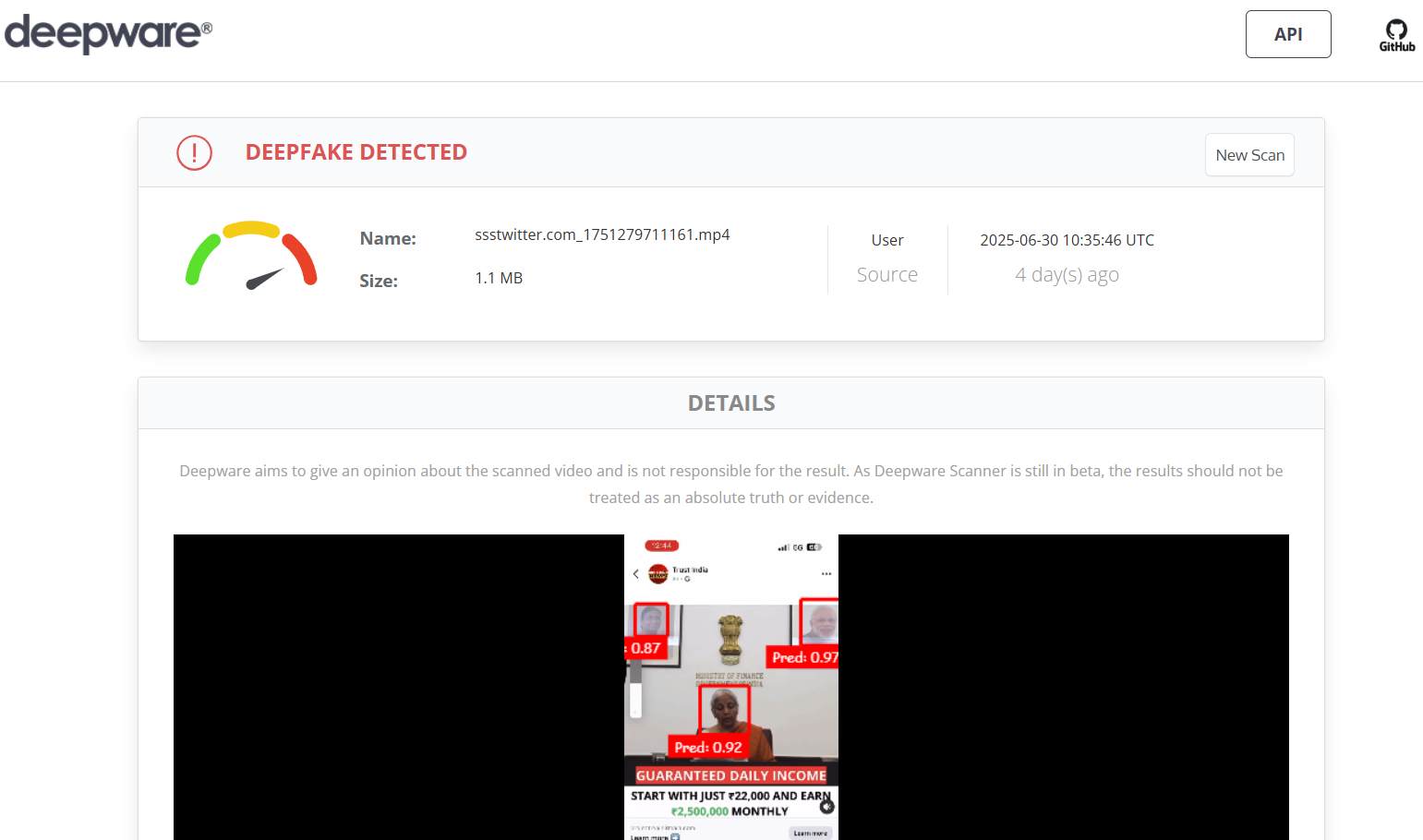Navigating the Global Web of Data Protection Laws
Introduction
In today's digital economy, data is not only a business asset but also the fuel for innovation, decision-making, and consumer trust. However, the digitisation of services has made personal or sensitive data a top target for cybercriminals. The stakes are high: a data breach can cost millions of fines, cause damage to reputation and devastate the confidence of consumers. Therefore, regulatory compliance and data protection have become a strategic imperative.
From the General Data Protection Regulation (GDPR) in the EU to the Digital Personal Data Protection (DPDP) Act of India, various sector-specific regulations like HIPAA for healthcare in the US, companies are now subject to a web of data protection and compliance laws. The challenge is to balance compliance efforts with strong security, a balance that demands both policy restraint and technical resilience. This blog examines pivotal pillars, shifting trends and actionable best practices for dominating data protection and compliance in 2025 and beyond.
Why Data Protection and Compliance Matter More Than Ever
Data protection isn't just about keeping fines at bay, it's about preserving the relationship with customers, partners and regulators. A 2024 IBM report says the average data-breach cost has now exceeded USD 4.5 million, with regulatory fines constituting a large portion of the cost. In addition to economics, breaches tend to result in intellectual property loss, customer loss and long-term brand attenuation. Compliance ensures organisations remain within certain legislative necessities for collecting, holding, transferring and setting of personal and sensitive information. Failure to conformity can lead to serious penalties: under GDPR, fines could be up to 4% of the company's annual turnover or €20 million, whichever is higher. In regulated sectors like banking and healthcare, compliance breaches can also lead to the suspension of licenses.
Important Regulatory Frameworks Informing 2025
- GDPR and Its Global Ripple Effect
GDPR was enacted in 2018 and continues to have a ripple effect on privacy legislation worldwide. Its tenets of lawfulness, transparency, data minimisation and purpose limitation have been replicated in many jurisdictions such as Brazil's LGPD and South Korea's PIPA.
- India's DPDP Act
The DPDP Act, 2023, gives high importance to consent-based processing of data, transparent notice rules and fiduciary responsibilities for data. With a penalty for default of up to INR 250 crore, it's amongst the most impactful laws for digital personal data protection.
- Sectoral Regulations
- HIPAA for healthcare information in the US.
- PCI DSS for payment card security.
- DORA (Digital Operational Resilience Act) in the EU for financial organisations.
- These industry-specific models generate overlapping compliance responsibilities, making cross-enterprise compliance programs vital.
Key Pillars of a Sound Data Protection & Compliance Program
- Data Governance and Classification
Having insight into what data you have to store, where it is stored and who can have access to it is the keystone of compliance. Organisations need to have data classification policies in place to group information based on sensitivity and impose more rigorous controls on sensitive data.
- Security Controls and Privacy by Design
Strong technical defences, encryption, multi-factor authentication, and intrusion detection are the initial defences. Privacy by design integrated in product development guarantees compliance is thought through from the initial stage, not added on afterwards.
- Consent and Transparency
Contemporary data legislation highlights informed consent. This entails simple, non-technical privacy notices, detailed opt-in choices, and straightforward withdrawal options. Transparency produces trust and lessens legal danger.
- Incident Response and Breach Notification
Most laws demand timely breach notifications, and GDPR insists on reporting within 72 hours. Having a documented incident response plan maintains legal deadlines and reduces harm.
- Employee Training and Awareness
Human mistake is the top source of data breaches. Ongoing training in prevention of phishing, password management, basic cyber hygiene and compliance requirements is crucial.
Upcoming Trends in 2025
- AI-Powered Compliance Monitoring
Organisations are embracing AI-powered solutions to systematically monitor data flows, identify policy breaches and auto-create compliance reports. The solutions assist in closing the loop between IT security teams and compliance officers.
- Cross-Border Data Transfer Mechanisms
With increasingly severe regulations, companies are spending more on secure cross-border data transfer frameworks like Standard Contractual Clauses (SCCs) and Binding Corporate Rules (BCRs).
- Privacy-Enhancing Technologies (PETs)
Methods such as homomorphic encryption and differential privacy are picking up steam, enabling organisations to sift through datasets without revealing sensitive personal data.
- ESG and Data Ethics
Data handling is increasingly becoming a part of Environmental, Social and Governance (ESG) reporting. Ethical utilisation of customer data, not just compliance, has become a reputational differentiator.
Challenges in Implementation
Despite having transparent frameworks, data protection plans encounter challenges like jurisdictions having competing needs, and global compliance is becoming expensive. The emerging technologies, such as generative AI, often bring privacy threats that haven’t been fully covered by legislation. Small and micro enterprises have neither the budget nor the skills to implement enterprise-level compliance programs. Qualifying these challenges often needs a risk-based strategy, allocations of resources to top areas of impact and automating the compliance chores wherever possible.
Best Practices for 2025 and Beyond
In 2025, regulatory compliance and data protection are no longer a precaution or a response to a breach but are strategic drivers of resilience and trust. As regulatory analysis rises, cyber threats evolve, and consumer expectations grow, administrations need to integrate compliance into the very fabric of their actions. By bringing governance and technology together, organisations can break free from a "checklist" mentality and instead adopt a proactive and risk-sensitive approach. Eventually, data protection is not just about not getting in trouble; it's about developing a kind that succeeds in the digital era.
References
- GDPR – Official EU Regulation Page: https://gdpr.eu
- India’s DPDP Act Overview – MeitY: https://www.meity.gov.in/data-protection-framework
- HIPAA – US Department of Health & Human Services: https://www.hhs.gov/hipaa
- PCI DSS Standards: https://www.pcisecuritystandards.org
- IBM Cost of a Data Breach Report 2024: https://www.ibm.com/reports/data-breach
- OECD – Privacy Guidelines: https://www.oecd.org/sti/privacy-guidelines










